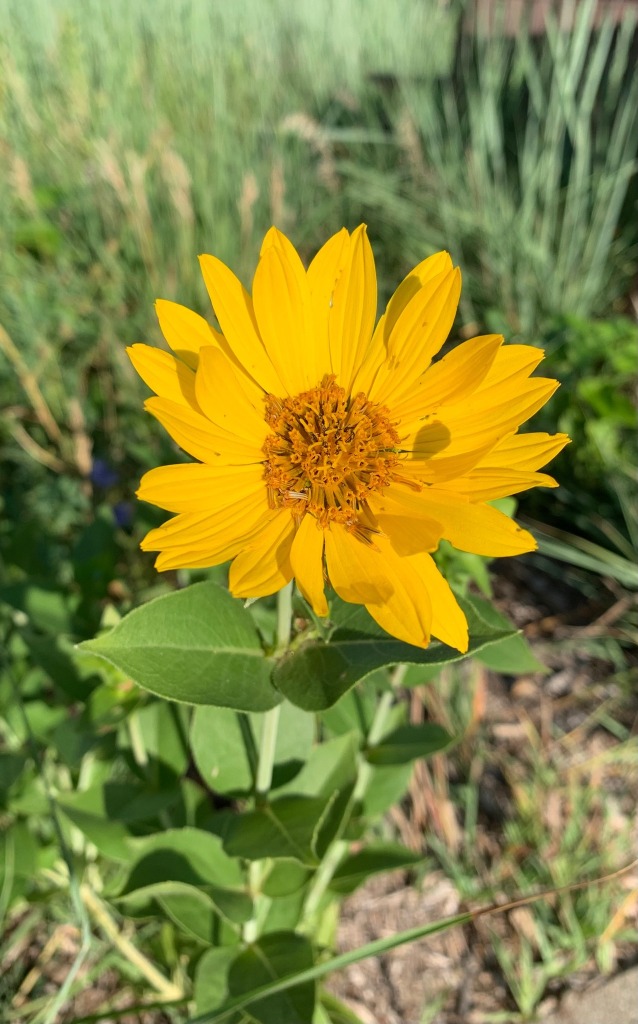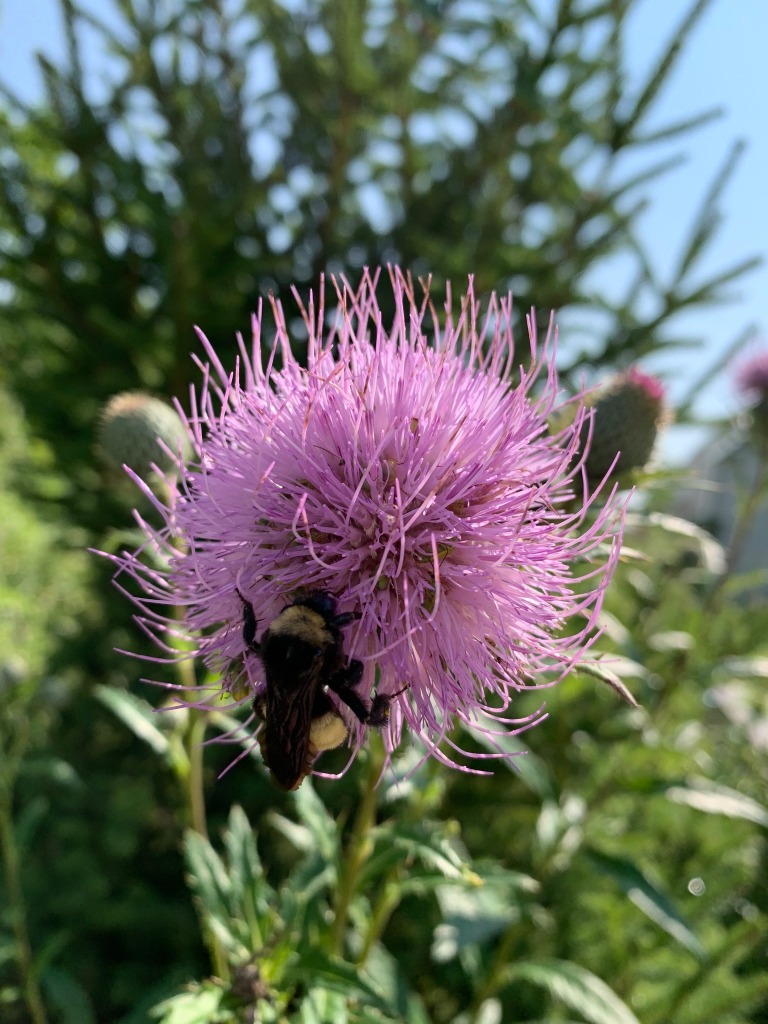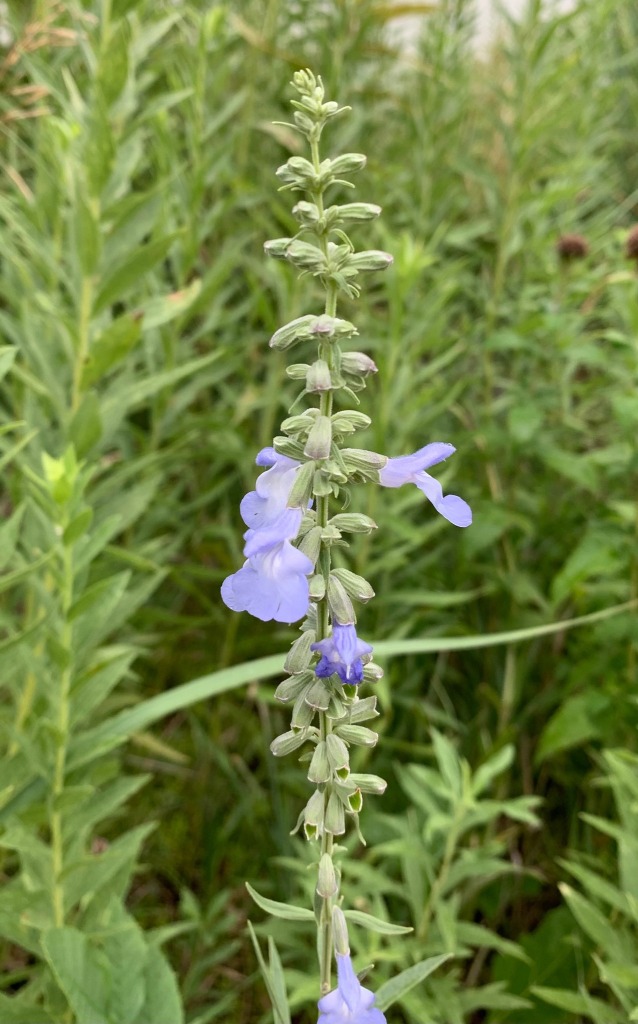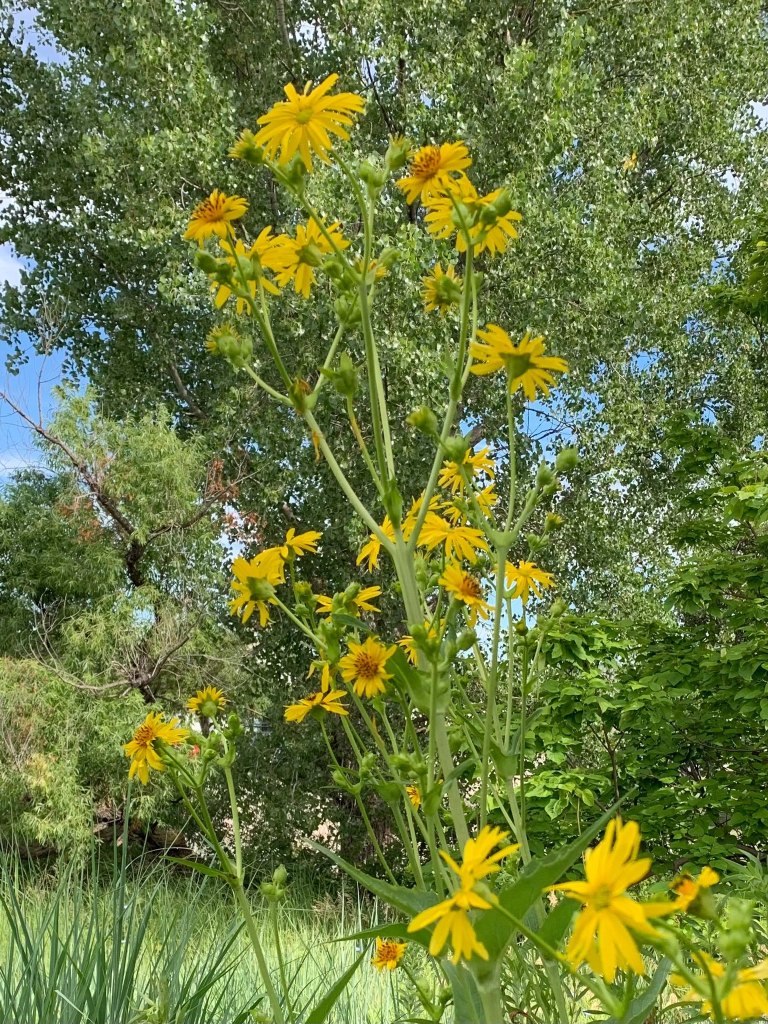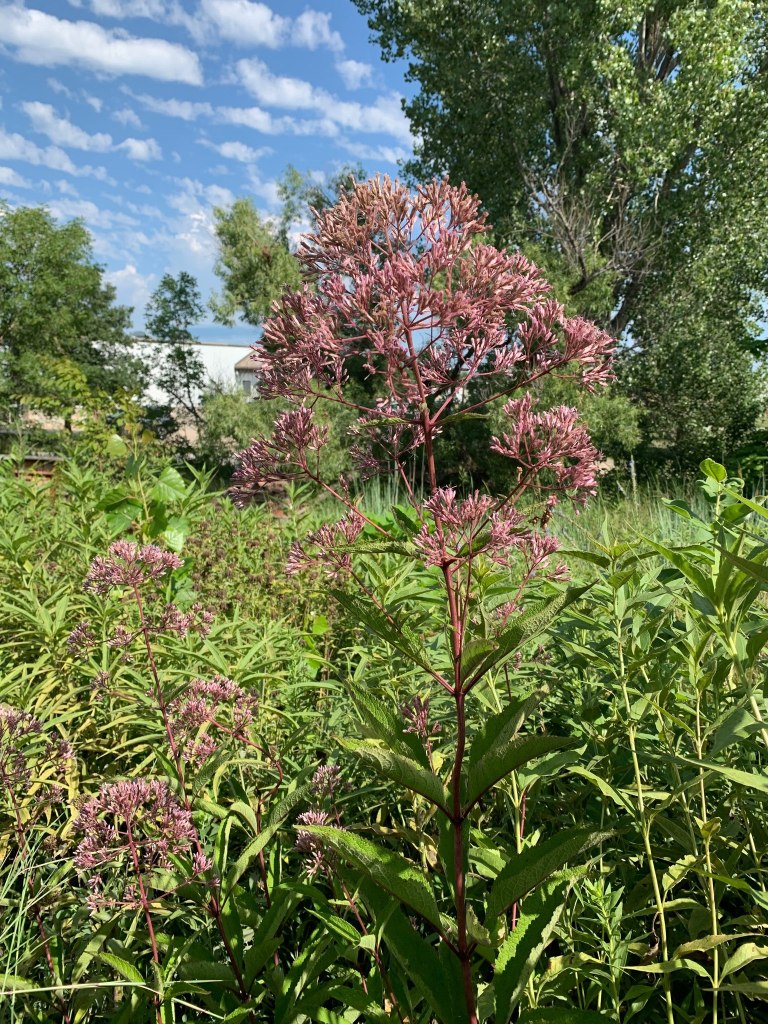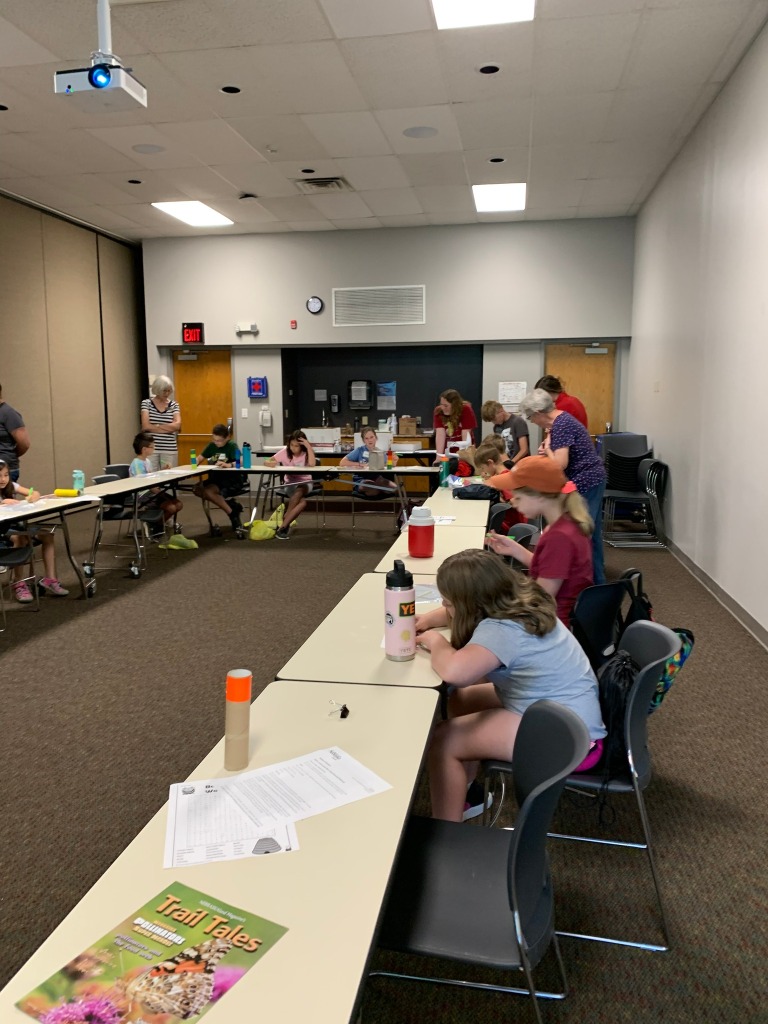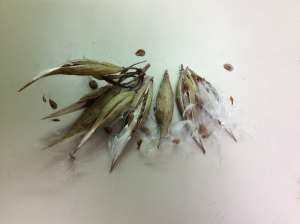
Bee Nest Box for the Cherry Creek Habitat
Now’s a great time to be working on your native bee nesting blocks and insect hotels. Make your structures simple or complex, basic or creative. The native bees won’t care – you’ll just want to provide a variety of hole sizes in the blocks or tubes you provide.
Check out Attracting Pollinators to Your Landscape. This resource also includes directions on how to make native bee nesting blocks. Once you’ve made your nesting blocks/structures, you can set those out in your landscape this spring.
Speaking of spring…It won’t be long and we’ll start to see “spring” in the Cherry Creek Habitat. You can enjoy the seasons with us on the live cam. The native bee nesting box structure and insect hotel are on the north side of the habitat – near the back of the camera view. Enjoy – watch live here.
Here’s to Sharing the Buzz!
Soni
Nebraska Extension provides research-based information to help you make informed decisions any time, any place, anywhere – http://lancaster.unl.edu

